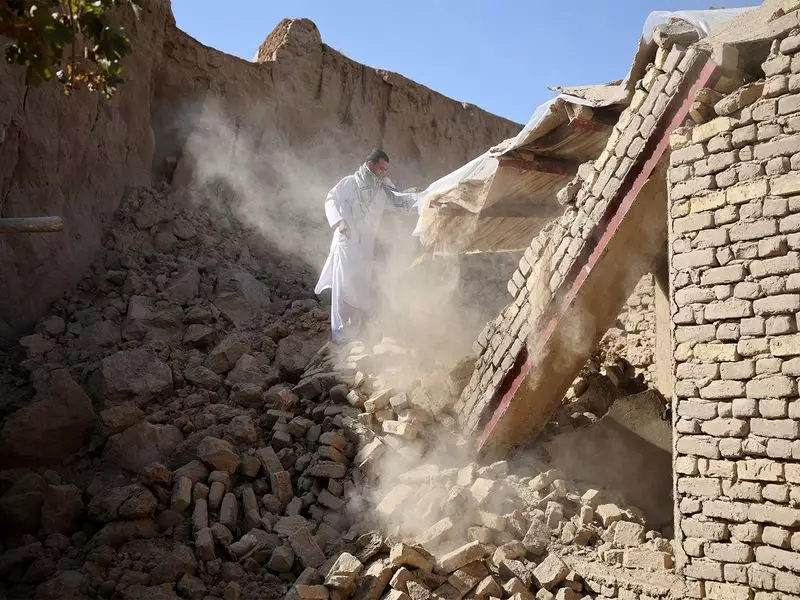
A significant seismic event rattled Afghanistan on Tuesday when a 4.6 magnitude earthquake struck the mountainous Hindu Kush region. The tremor occurred at a considerable depth, sending vibrations across the affected area and raising concerns about potential aftershocks.
Earthquake Details and Epicenter Location
The earthquake registered a magnitude of 4.6 on the Richter scale and originated in the Hindu Kush region of Afghanistan. According to seismic monitoring agencies, the quake's epicenter was precisely located at latitude 36.49 degrees north and longitude 70.92 degrees east. The geological activity occurred at a significant depth of 96 kilometers beneath the Earth's surface, which often affects how widely the tremors are felt across surrounding regions.
Regional Impact and Immediate Aftermath
Despite the substantial magnitude of the seismic event, initial reports indicate no immediate casualties or significant damage to property. The earthquake's relatively deep focus likely contributed to reduced surface-level impact. However, residents in affected areas reported feeling distinct tremors that lasted for several seconds, creating moments of anxiety and concern.
The Hindu Kush region, where this earthquake originated, is known for its high seismic activity due to its position at the convergence of the Eurasian and Indian tectonic plates. This geological setting makes the area particularly prone to earthquakes of varying intensities throughout the year.
Historical Context and Preparedness Measures
This recent seismic event follows a pattern of regular earthquake activity in the region. Earlier this year, in January 2024, Afghanistan experienced another significant earthquake measuring 4.7 magnitude that struck near Jurm. The frequency of these events underscores the importance of earthquake preparedness and robust early warning systems throughout vulnerable regions.
Seismologists continue to monitor the area for potential aftershocks, though none have been reported significant enough to cause additional concern. Authorities remain vigilant, and disaster management teams are on standby to respond to any emerging situations resulting from the seismic activity.
Earthquakes of this magnitude serve as important reminders for communities in seismically active zones to maintain emergency preparedness kits, establish family communication plans, and practice safety drills regularly. The proper structural reinforcement of buildings in these regions also plays a crucial role in minimizing potential damage during such natural events.





